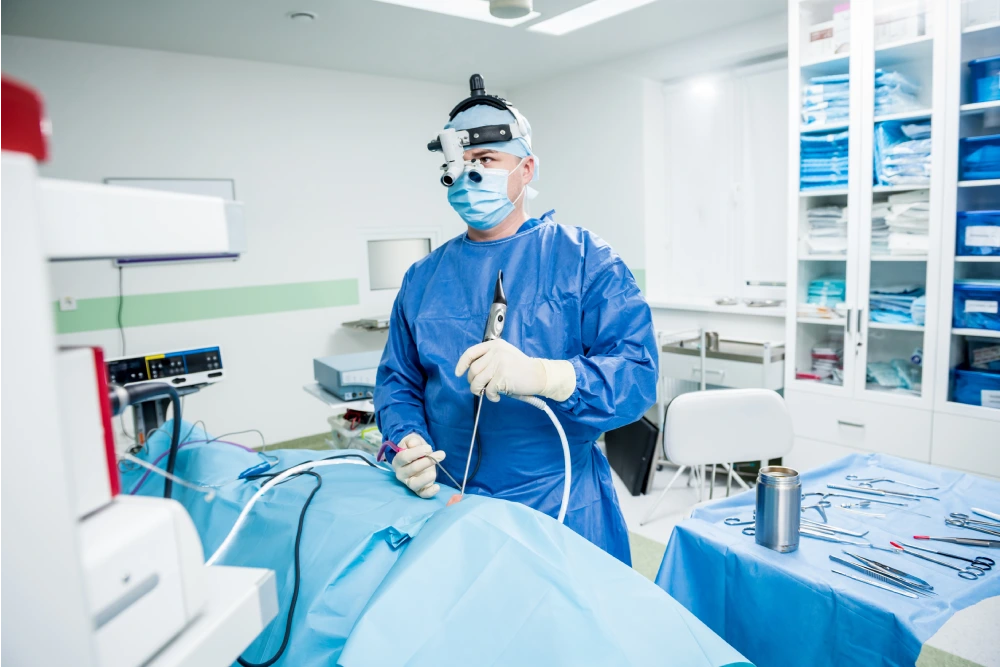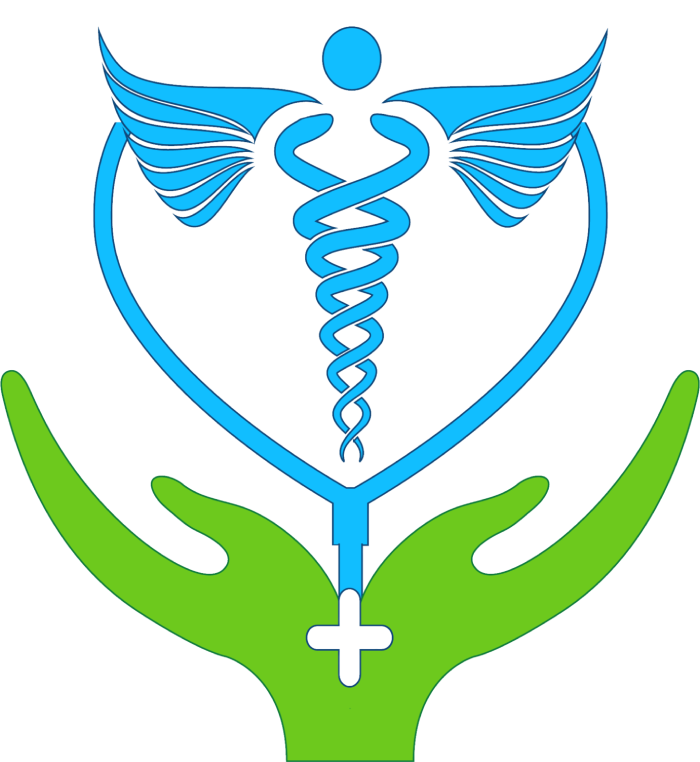
Gastroenterology and Hepatology in Turkey
Gastroenterology is one of the sub-branches of internal medicine that examines the structure, functions, and diseases of the digestive system organs. The main organs examined consists of the esophagus, stomach, small and large intestines, liver and gall bladder, spleen, and pancreas. In the gastroenterology department, examinations and evaluations for the digestive system, endoscopic examinations, and surgeries using up-to-date technology in many digestive system diseases, as well as laboratory and other imaging methods and diagnosis and evaluations by academic staff who are highly experienced in their field and trained abroad and treatment services are provided.
What is Hepatology?
Diagnosis and treatment of hepatitis B and C infections of the liver, alcoholic liver disease, fatty liver disease, and other metabolic diseases are carried out successfully. In gastroenterology clinics, treatments and close follow-ups of cirrhosis and its complications, which can occur due to various reasons, are carried out.
Which Diseases Does Gastroenterology Deal With?
In the department of gastroenterology, the diagnosis and treatment of diseases including the stomach, intestines, liver, pancreas, and gall bladder are performed starting from the esophagus. In addition to the medical treatment of diseases of the organs of the digestive system, endoscopic applications are also performed in gastroenterology units, and imaging procedures of the biliary tract, pancreas, stomach, and small and large intestines are also frequently performed in order to diagnose diseases. Biopsy procedures, which are frequently applied for cancer and similar diseases related to gastrointestinal system organs, especially for the liver, are also carried out together with surgical specialists in the gastroenterology field.
How Long Do Gastroenterology Specialists Get Trained in thevField?
Specialist physicians working in gastroenterology units that require advanced specialization receive this title after 6 years of medical education, specialization in internal diseases for 5 years, gastrointestinal system diseases lasting at least 3 years, and endoscopic diagnosis and treatments for these diseases.
Endoscopy Procedure in Turkey
Gastroenterology clinics are one of the units where the endoscopy procedure, which has been successfully applied in many fields of medicine, is most commonly used. Endoscopy is the process of examining the inner parts of various organs, especially the stomach, by imaging with advanced optical devices. This process is carried out with the help of a device called an endoscope, which has a light at the end that allows a clear view of the environment. By using this device, it is possible to make a definitive diagnosis of gastrointestinal system diseases by clearly viewing the esophagus, stomach, duodenum, and small and large intestines. It is also possible to take a sample (biopsy) of diseased tissues seen during an endoscopy procedure and send them for pathological examination. Samples can be taken from the tumors and polyps seen during the procedure to investigate whether they are benign or malignant, or to investigate the presence of the bacterium Helicobacter Pylori, which causes gastritis and ulcers, especially in the stomach. Although all imaging procedures performed with the help of an endoscope are called endoscopy, there are different types such as gastroscopy and colonoscopy, which are sub-branches of endoscopy in gastroenterology units. Although the name of the endoscopy application changes according to the organ to be examined, the size and types of the endoscope and other devices used also vary according to the region.
Colonoscopy in Turkey
Colonoscopy, is a sub-branch of endoscopy and is one of the most common endoscopic applications in gastroenterology clinics. Colonoscopy is the process of imaging the entire large intestine and the part of the small intestine adjacent to the large intestine with a thin and bendable device with a camera. It is defined as the most reliable method in the diagnosis of colon cancer. With this method, diagnosis, and treatment of diseases related to the region from the end of the small intestine to the large intestine, rectum and anus can be performed. In case of an inflamed area, ulcer, polyp, or similar suspicious lesions in colonoscopic imaging performed for diagnostic purposes, the sample obtained by taking a biopsy from the area can be sent to pathology laboratories for examination. Common large intestinal polyps can be removed during colonoscopy when deemed necessary.
Why Do I need Colonoscopy?
The follow-up of risky patients such as those with bowel cancer in their family, and those with inflammatory bowel disease is different and it would be appropriate to plan by consulting a physician. Although colonoscopy screening is recommended to be started at the age of 50 at the latest, currently, colonoscopy screenings are started after the age of 40 in most centers. This is due to the fact that at least one out of every 10 colon cancer cases is detected before the age of 50. If colon cancer is detected at a young age in one of the first-degree relatives such as mother, father, or sibling, a colonoscopy scan is needed by going back 10 years from the age at which the cancer was detected. When encountered with symptoms such as persistent abdominal pain, rectal bleeding, chronic constipation, decreased stool thickness, unexplained anemia or iron deficiency, chronic diarrhea, and unexplained weight loss, the patient should undergo a colonoscopy without delay.

Gastric Balloon in Turkey
The gastric balloon is applied to patients who have a case of morbid obesity. It can be applied preoperatively to patients with a Body Mass Index (BMI) between 30-35 and who have not met the surgical conditions and to super morbidly obese patients as well.
How is the Gastric Balloon Applied?
During the gastric balloon procedure, the patient goes under conscious sedation. The patient has to go to the clinic hungry. First, diagnostics are performed via endoscopy and the physicians check whether the stomach is suitable for the gastric balloon application. After approval, the balloon is placed into the stomach through the mouth. With the endoscopy method. The balloon is inflated 500-600 cc in the stomach. The patient is then awakened, rested in the clinic for a few hours, and gets sent home with recommendations.
What is Recommended After Gastric Balloon Application?
It is recommended that soft foods are consumed in the first two weeks after the intragastric balloon operation. Usually, the patient starts a diet in the form of small meals and avoids food with high fat and sugar. Patients are allowed to consume foods such as fish, chicken, fibrous foods, meat, eggs, restricted fruit, tea (as long as it is not too hot), and linden. However, chocolate, cakes, pastries, acidic beverages, and heavily fried foods should be avoided. Patients may experience temporary nausea, vomiting, and abdominal pain. Medicines to prevent them are recommended. Usually, after two weeks, the complaints decrease or disappear entirely and the patients can begin to learn to live with the intragastric balloon.
How Does the Intragastric Balloon Help Weight Loss?
Since people with intragastric balloon experience a constant feeling of fullness and satiety, they eat less and their appetite decreases. Thus, they are able to take fewer calories and start to lose weight. Although it varies highly from person to person, usually in the first 6 months, the patients might experience losses of 15 to 20 kilograms of weight, or even more. The most important point in intragastric balloon application is that the patients should maintain their new eating habits after the balloon is removed. So, they should stay away from high-calorie sugary foods and fats even after the application is over. 10-minute walks after meals can increase the patient’s metabolic rate and lead to healthier weight loss.
Who Applies the Gastric Balloon?
A surgeon who is experienced in obesity treatment or a gastroenterologist can perform the operation of a gastric balloon.
What Types of Gastric Balloons Are Available?
Fixed-Volume Balloons
Fixed-volume balloons are inflated for 400-600 ml during the first insertion and their volume is not changed afterward. Fixed-volume gastric balloons stay in the stomach for 6 months and at the end of this period, it is removed with sedation and endoscopy. There is no need for an endoscopy procedure for the swallowable gastric balloons, which also are a type of fixed volume balloons. The valve on the balloon is opened at the end of 4 months and the balloon deflates and is expelled spontaneously through the intestine. Re-endoscopy is not required for the removal of the swallowable fixed-volume gastric balloon.
Adjustable Gastric Balloons
The difference between the adjustable gastric balloon and the fixed-volume balloon is that its volume can be adjusted at will. These types of balloons are inflated to 400-500 ml after they are inserted in the stomach. The amount of liquid can be increased or decreased from the filling tip, which is located at the end of the balloon and is taken out when and if necessary. These changes in the volume of the gastric balloon are made depending on the patient's weight loss status.
Who Cannot Get Gastric Balloon Treatment?
The gastric balloon is not suitable in some cases. The main reasons are stomach-related ulcer reflux and a large gastric hernia in the patient. In addition to these diseases, the application is not suitable for patients who have had bariatric surgery before, and those who are pregnant or who want to become pregnant. Patients who are addicted to alcohol, and those who have psychological disorders, and people who have problems with the esophagus are not suitable for this treatment.



